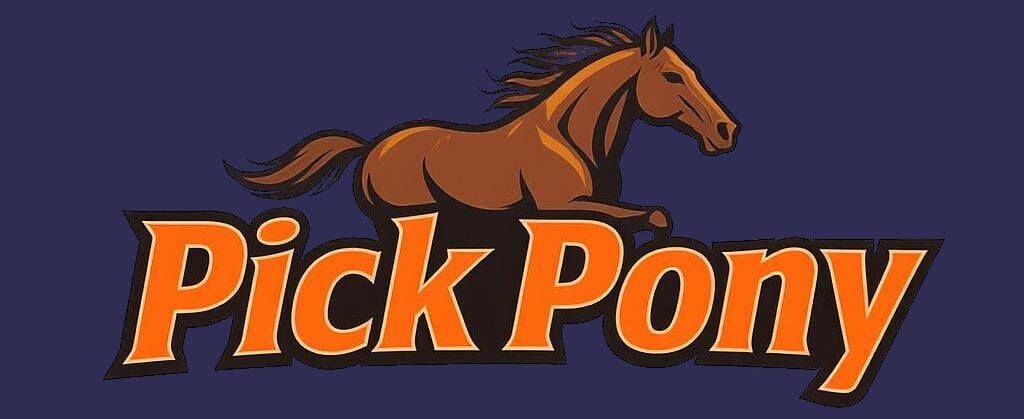A significant labor dispute has emerged in Oklahoma’s horse racing industry, with jockeys and track operators at an impasse over minimum mount fees, leading to a boycott that threatens racing operations.
Current Dispute Details
The conflict centers on minimum losing mount fees at Oklahoma racetracks, particularly Remington Park. Jockeys currently receive $75 for a losing mount but are demanding an increase to $110. The Thoroughbred Racing Association of Oklahoma (TRAO) has countered with an offer of $90, creating a $20 gap that has proven unbridgeable in negotiations.
The conflict centers on minimum losing mount fees at Oklahoma racetracks, particularly Remington Park. Jockeys currently receive $75 for a losing mount but are demanding an increase to $110. The Thoroughbred Racing Association of Oklahoma (TRAO) has countered with an offer of $90, creating a $20 gap that has proven unbridgeable in negotiations.
The standoff has escalated to the point where no riders are named aboard horses for the September 4 card at Remington Park, effectively creating a jockey boycott that threatens the track’s racing operations.
Regulatory Framework
Oklahoma’s current jockey fee structure is governed by administrative code OAC 325:25-1-30, which establishes a tiered system based on purse size:
| Purse Range | Winning Mount | Second Mount | Third Mount | Losing Mount |
|---|---|---|---|---|
| $1,000 to $39,999 | 10% of win purse | 5% of place purse | 5% of show purse | $75 |
| $40,000 to $74,999 | 10% of win purse | 5% of place purse | 5% of show purse | $80 |
| $75,000 to $99,999 | 10% of win purse | 5% of place purse | 5% of show purse | $85 |
| $100,000 & up | 10% of win purse | 5% of place purse | 5% of show purse | $105 |
The regulation specifies that these fees apply “in the absence of a contract or special agreement” and are designed to provide baseline compensation when parties haven’t negotiated alternative terms.
Broader Industry Context
This labor dispute occurs amid significant turmoil within Oklahoma’s horse racing regulatory environment. The Oklahoma Horse Racing Commission has been dealing with multiple controversies, including the recent resignation of executive director John Chancey, who had been under investigation and faced allegations of poor management.
The commission has also been grappling with ongoing tensions between quarter horse and thoroughbred breeders, complex financial irregularities in breeding programs, and disputes over simulcast revenue distribution arrangements. These broader industry conflicts have created an atmosphere of mistrust and instability that may be contributing to the difficulty in resolving the jockey fee dispute.
Stakes and Impact
The jockey boycott represents a significant escalation in the dispute, as it directly threatens racing operations and the livelihoods of all parties involved. Without jockeys willing to ride, tracks cannot conduct races, which impacts not only the riders seeking higher compensation but also horse owners, trainers, bettors, and track operators who depend on regular racing schedules for revenue.
The $35 difference between the current $75 minimum and the jockeys’ requested $110 may seem modest, but it represents a 47% increase in base compensation for losing mounts, which make up the majority of rides for most jockeys. For riders who depend on volume to make a living, this increase could significantly impact their annual earnings.
As negotiations remain stalled, the Oklahoma horse racing industry faces the prospect of continued disruptions to its racing calendar, with the September 4 boycott potentially serving as a preview of more extensive work stoppages if the dispute cannot be resolved.


